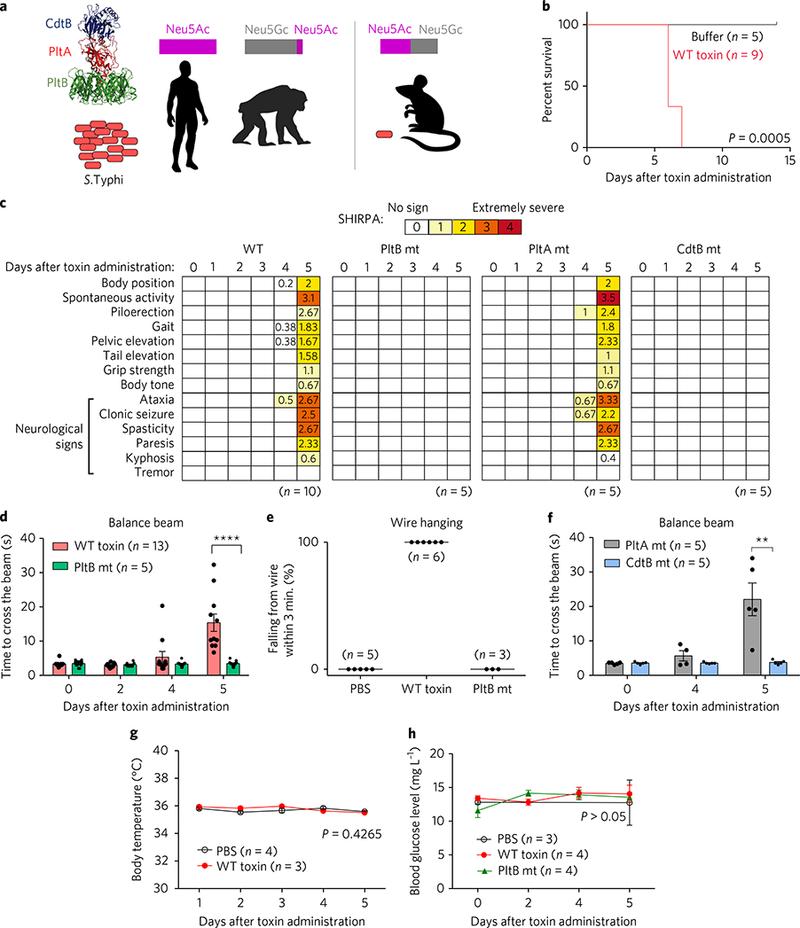Fig. 1|. Typhoid toxin causes neurological complications associated with motor function deficits where both PltB and CdtB subunits play critical roles.

a, A schematic depicting the structure and organization of typhoid toxin, as well as the typhoid toxin receptor expression and S. Typhi permissiveness of humans and animal models. Humans and chimpanzees are permissive to S. Typhi but mice do not support S. Typhi infection. Neu5Ac, N-acetylneuraminic acid; Neu5Gc, N-glycolylneuraminic acid. Magenta and grey bars represent approximate ratios of sialic acid expression in different hosts. b, Survival graph of mice administered typhoid toxin. Comparison of survival curves was performed with a log-rank test. P = 0.0005. c-f, A group of C57BL/6 mice were administered with indicated toxin preparations and analysed by comprehensive SHIRPA (c), balance beam (d,f) and wire hanging (e) tests. Impairments of motor functions began to be exhibited from day 4 after toxin administration (c,d,f). Average pathology scores are shown in the colour blocks. SHIRPA tests were performed on a daily basis. White rectangles represent a score of ‘0’ (no symptoms). Note severe neurological signs in SHIRPA by day 5 (c). Similarly, note the significantly delayed beam walking time (d,f) and lack of wire hanging capability (e) in the intoxicated mice with WT toxin or a PltAE133A catalytic mutant (mt) toxin. In contrast, neurological complications were not observed in mice administered either a PltBS35A-binding-defective mutant toxin or a CdtBH160Q catalytic mutant toxin. We also tried a fivefold higher dose of PltBS35A and CdtBH160Q mutants but this resulted in no neurological signs. Data were analysed by unpaired Student’s t-test. ****P< 0.0001, **P< 0.01. g,h, To examine whether there were fever and systemic metabolic changes in typhoid-toxin-administered mice, we determined body temperature (g) and blood glucose levels (h). We found no significant changes among mice administered the indicated toxin preparations. Bars represent means±.e.m. (d,f-h). At least three independent experiments were performed for b-g. For h, two independent experiments were performed.
